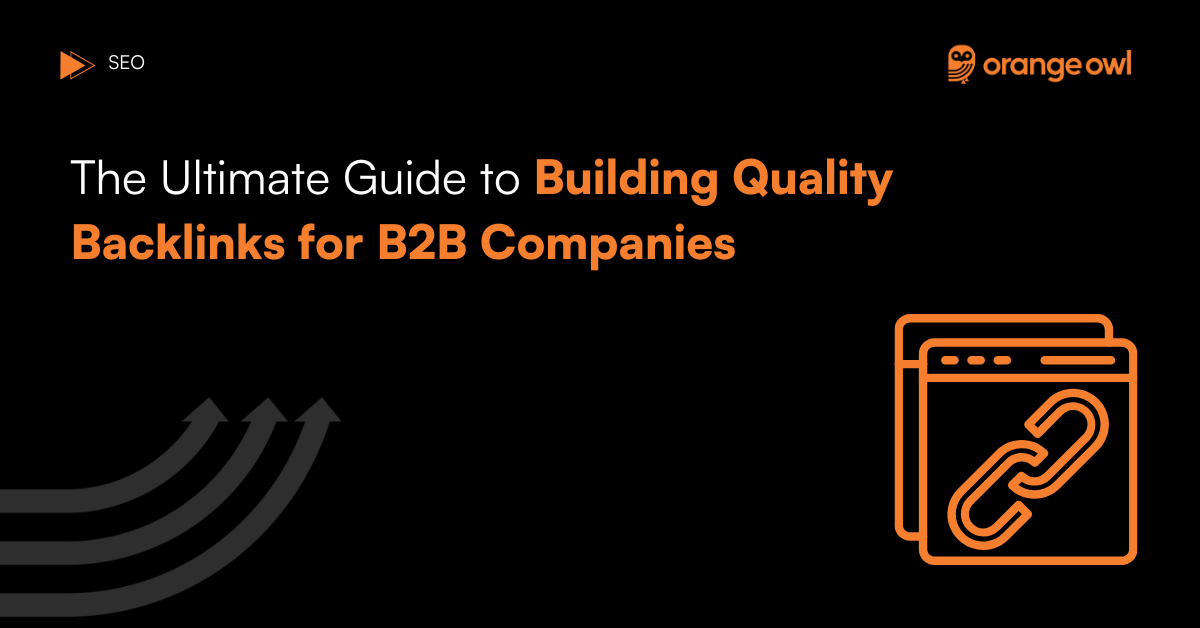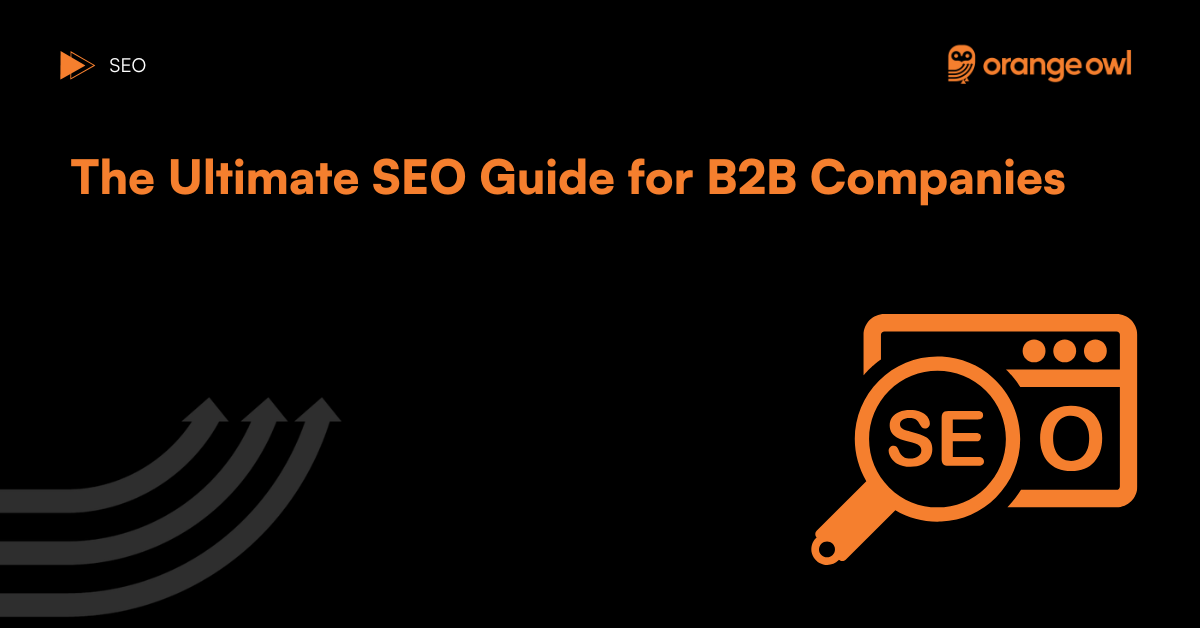Top B2B Content Marketing Myths Vs Facts You Should Know
Vivek Goel
July 28, 2025
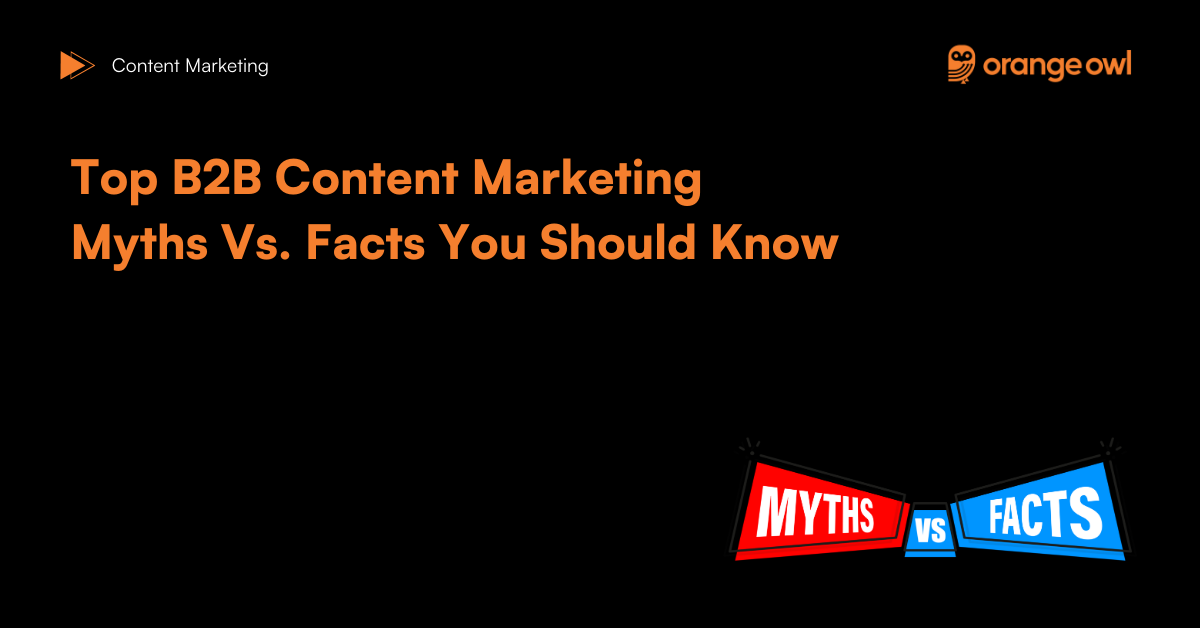
Table of Contents
Content marketing has become an essential strategy for businesses across industries, especially in the B2B space. However, several misconceptions persist that can mislead marketers and business owners, leading to ineffective strategies and missed opportunities. In this blog, we’ll debunk the top B2B content marketing myths and provide clear, actionable insights for each one.
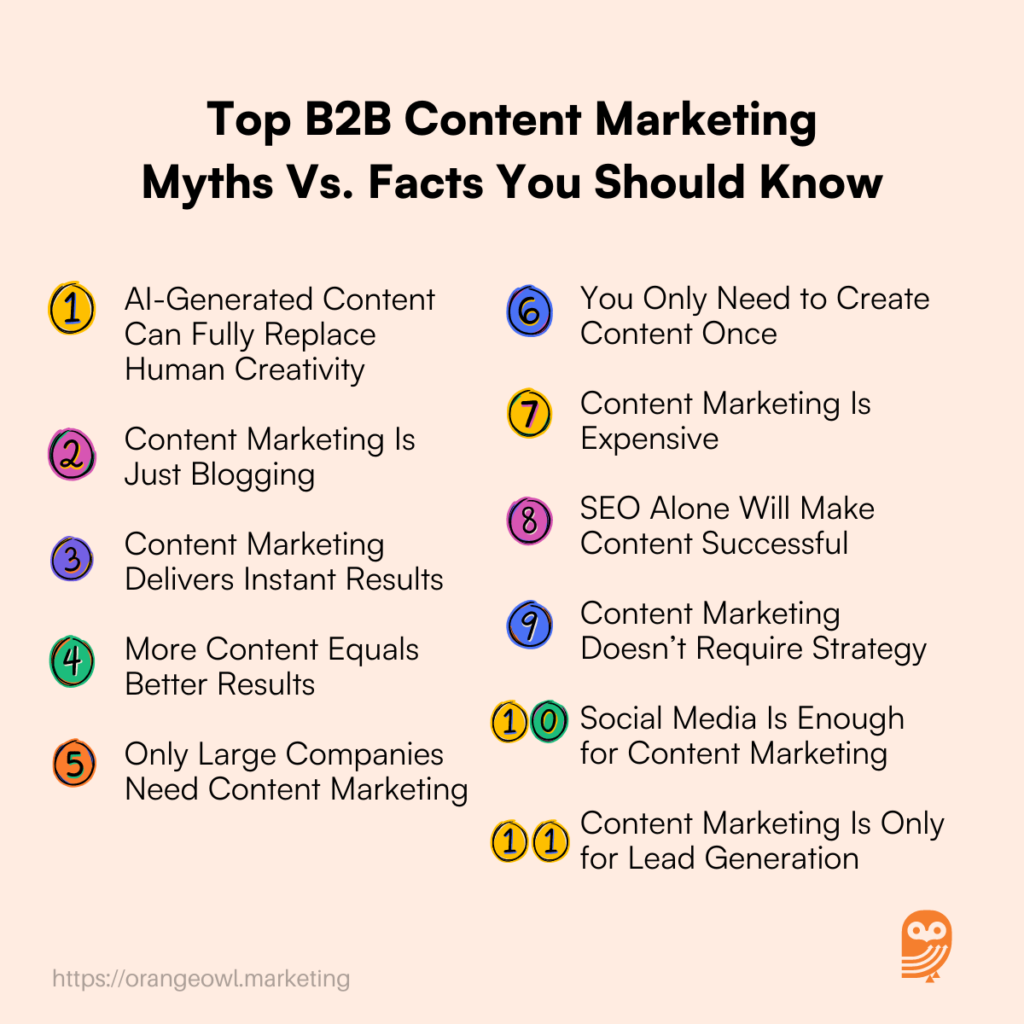
Myth 1: AI-Generated Content Can Fully Replace Human Creativity
Reality:
While AI-generated content can automate certain tasks and enhance productivity, it cannot fully replace the creativity, nuance, and emotional intelligence that human writers bring to content creation.
Explanation:
AI tools like GPT-3 and other language models have made significant strides in generating content that mimics human writing. These tools can produce blog posts, social media updates, and even creative writing pieces. However, AI lacks the ability to understand context deeply, create original ideas, or infuse content with the emotional depth and personal experiences that resonate with audiences on a human level.
Human creativity involves more than just putting words together; it’s about understanding the audience, crafting a compelling narrative, and connecting with readers emotionally. AI-generated content can be a useful tool for handling repetitive tasks or generating first drafts, but it still requires human oversight to ensure the content is relevant, accurate, and engaging.
Actionable Steps:
- Use AI as a Supplement, Not a Replacement: Leverage AI tools to handle repetitive writing tasks, such as drafting or summarizing content. Use the time saved to focus on creative aspects like storytelling, tone, and audience engagement.
- Human Oversight is Essential: Always review and edit AI-generated content to add a human touch, ensure accuracy, and tailor the content to your audience’s needs and preferences.
- Example: A B2B technology company might use AI to generate a first draft of a product description. However, a human writer would then refine the content, adding unique selling points, addressing customer pain points, and incorporating the brand’s voice to make the content more compelling.
Myth 2: Content Marketing Is Just Blogging
Fact:
Content marketing is far more than just blogging. It encompasses a wide variety of formats, including videos, podcasts, infographics, webinars, white papers, case studies, and more.
Why This Myth Persists:
Blogging has been one of the earliest and most accessible forms of content marketing. Because it’s relatively easy to start and has low barriers to entry, many businesses focus primarily on blogging when they begin their content marketing efforts.
The Reality Explained:
A robust content marketing strategy includes multiple content formats to reach and engage a broader audience. For example, while blogs are excellent for SEO and thought leadership, videos and webinars can be more engaging for visual learners and can demonstrate complex products more effectively. Podcasts are great for reaching audiences who prefer consuming content on the go.
Actionable Steps:
- Diversify Your Content: Don’t just stick to one format. Incorporate videos, infographics, podcasts, and other formats into your content strategy.
- Example: A SaaS company might start with a blog series explaining their software’s features but could expand into video tutorials, customer testimonial videos, and a podcast discussing industry trends to engage different audience segments.
Myth 3: Content Marketing Delivers Instant Results
Truth:
Content marketing is a long-term strategy that builds value over time. It rarely produces immediate results, especially in the B2B space.
Why This Myth Persists:
There’s often a misconception that publishing a few blog posts or launching a content campaign will result in immediate traffic and leads. This is fueled by success stories of viral content that seem to happen overnight.
The Reality Explained:
Content marketing requires consistency and patience. The real value of content marketing comes from gradually building trust, authority, and a loyal audience over time. It’s about creating valuable content that resonates with your audience and meets their needs, which in turn improves SEO rankings, brand visibility, and ultimately, leads and conversions.
Actionable Steps:
- Set Realistic Expectations: Understand that content marketing is a marathon, not a sprint. Measure success through long-term metrics like audience growth, engagement rates, and organic traffic increases over time.
- Example: A B2B manufacturing company might produce a series of white papers on industry challenges. While these papers may not generate immediate leads, over time, they establish the company as an industry thought leader, which can lead to more significant business opportunities down the road.
Myth 4: More Content Equals Better Results
Reality:
Quality over quantity is key. Targeted, valuable content drives success, not just the sheer volume of content.
Why This Myth Persists:
The idea that “more is better” has permeated many aspects of business, including content marketing. Some companies believe that producing a high volume of content will automatically lead to better results.
The Reality Explained:
Focusing solely on quantity can lead to content that is poorly researched, off-brand, or irrelevant to your target audience. High-quality content that provides genuine value to your audience is far more effective in building trust and authority. Additionally, well-crafted content is more likely to be shared and linked to, which improves SEO and reach.
Actionable Steps:
- Prioritize Quality: Invest time in researching and understanding your audience’s needs and challenges. Create in-depth, high-quality content that addresses these points.
- Example: Instead of churning out daily blog posts, a financial services firm might produce a few well-researched, comprehensive guides that deeply explore specific industry challenges. These guides will be more valuable and have a longer shelf life than a large quantity of superficial content.
Myth 5: Only Large Companies Need Content Marketing
Fact:
Businesses of all sizes can benefit from content marketing strategies.
Why This Myth Persists:
Smaller businesses often assume that content marketing is a resource-intensive strategy best left to larger companies with bigger budgets.
The Reality Explained:
Content marketing is scalable and can be tailored to fit the resources of any business, regardless of size. Small and medium-sized businesses (SMBs) can effectively use content marketing to compete with larger companies by focusing on niche markets, personalized content, and agility in content production.
Actionable Steps:
- Start Small and Scale: Begin with a few key pieces of content that address your audience’s most pressing needs. As you see results, you can scale your efforts.
- Example: A small B2B consulting firm might start by creating a blog and a few downloadable resources like checklists or templates. These assets can help build credibility and attract potential clients without requiring the resources of a larger company.
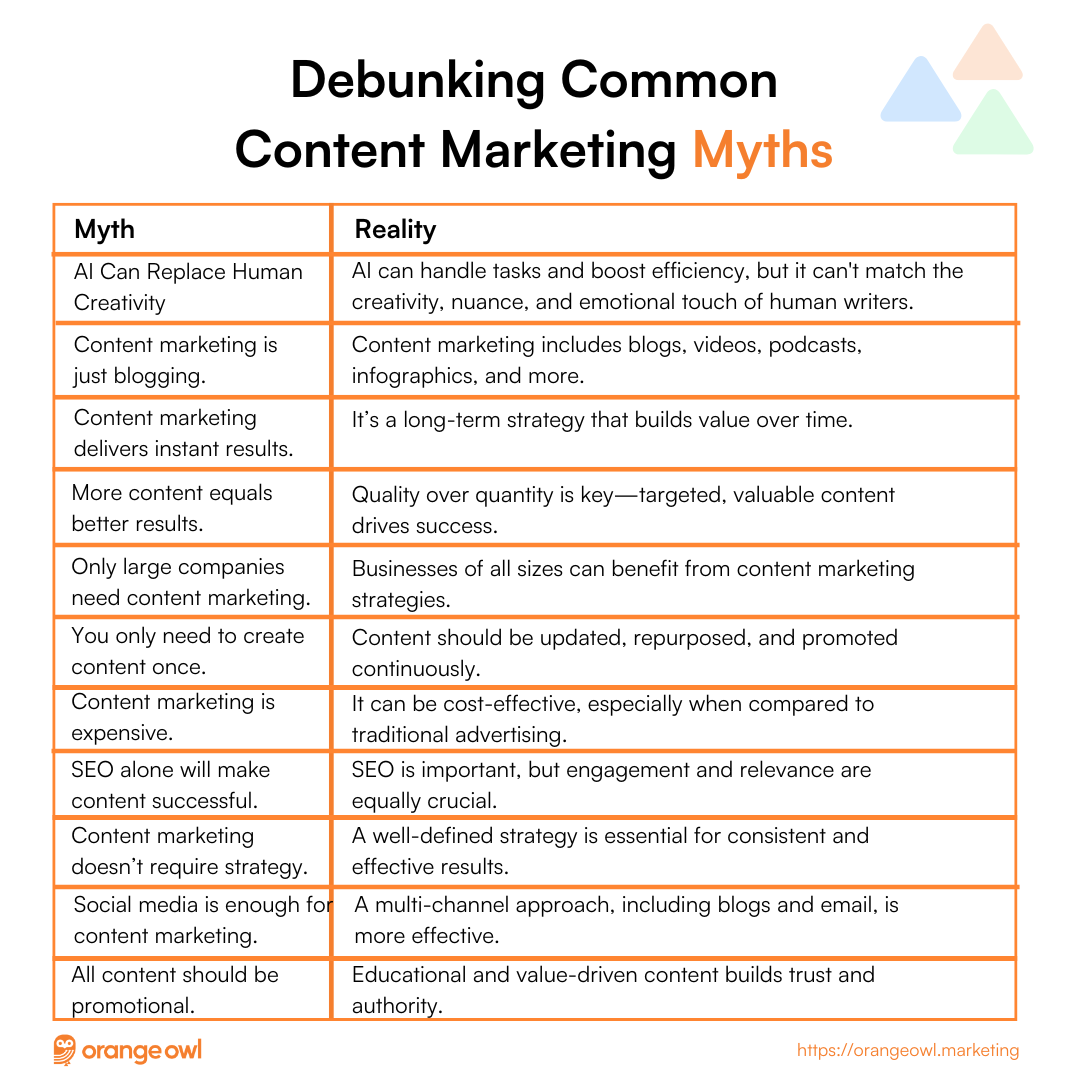
Myth 6: You Only Need to Create Content Once
Truth:
Content should be updated, repurposed, and promoted continuously.
Why This Myth Persists:
Many businesses create content and then move on to the next piece, believing that once content is published, their job is done.
The Reality Explained:
Content marketing is not a one-and-done effort. To maximize the value of your content, it’s essential to continuously update it to keep it relevant, repurpose it into different formats, and promote it across various channels. Repurposing content allows you to reach new audiences and extend the life of your content.
Actionable Steps:
- Repurpose and Refresh: Regularly update your content with new data, insights, or examples. Repurpose content into different formats, such as turning a blog post into a video or an infographic.
- Example: A B2B technology company could take a popular blog post on cybersecurity trends, update it annually with the latest data, and repurpose it into a webinar, infographic, and podcast episode.
Myth 7: Content Marketing Is Expensive
Reality:
Content marketing can be cost-effective, especially when compared to traditional advertising.
Why This Myth Persists:
The perception of high costs comes from comparing content marketing efforts to other marketing initiatives or misunderstanding the scope of what’s required.
The Reality Explained:
While there are costs associated with content marketing—such as content creation, promotion, and tools—these costs can be managed and are often lower than traditional advertising. Moreover, content marketing has a compounding effect: valuable content can continue to attract and engage audiences long after it’s been published, providing ongoing returns.
Actionable Steps:
- Leverage Affordable Tools: Utilize cost-effective content marketing tools, and focus on creating evergreen content that remains relevant and valuable over time.
- Example: A startup might use free or low-cost tools like Canva for design, and Mailchimp for email marketing, and focus on creating a few high-quality pieces of content, like eBooks or how-to guides, that provide long-term value to their audience.
Myth 8: SEO Alone Will Make Content Successful
Fact:
SEO is important, but engagement and relevance are equally crucial.
Why This Myth Persists:
SEO is often seen as the primary driver of content visibility, leading some to believe that as long as content is optimized for search engines, it will succeed.
The Reality Explained:
While SEO is critical for getting content seen, it’s not enough on its own. Content also needs to be engaging, relevant, and valuable to the target audience to drive results. User engagement, social shares, and direct traffic all contribute to the success of content, beyond just SEO metrics.
Actionable Steps:
- Focus on User Experience: Optimize your content for SEO, but also ensure it’s written in a way that’s engaging and provides value to the reader.
- Example: A B2B healthcare company might create an SEO-optimized blog post on new regulations, but to ensure success, they also include interactive elements like quizzes or downloadable checklists that engage the reader and provide additional value.
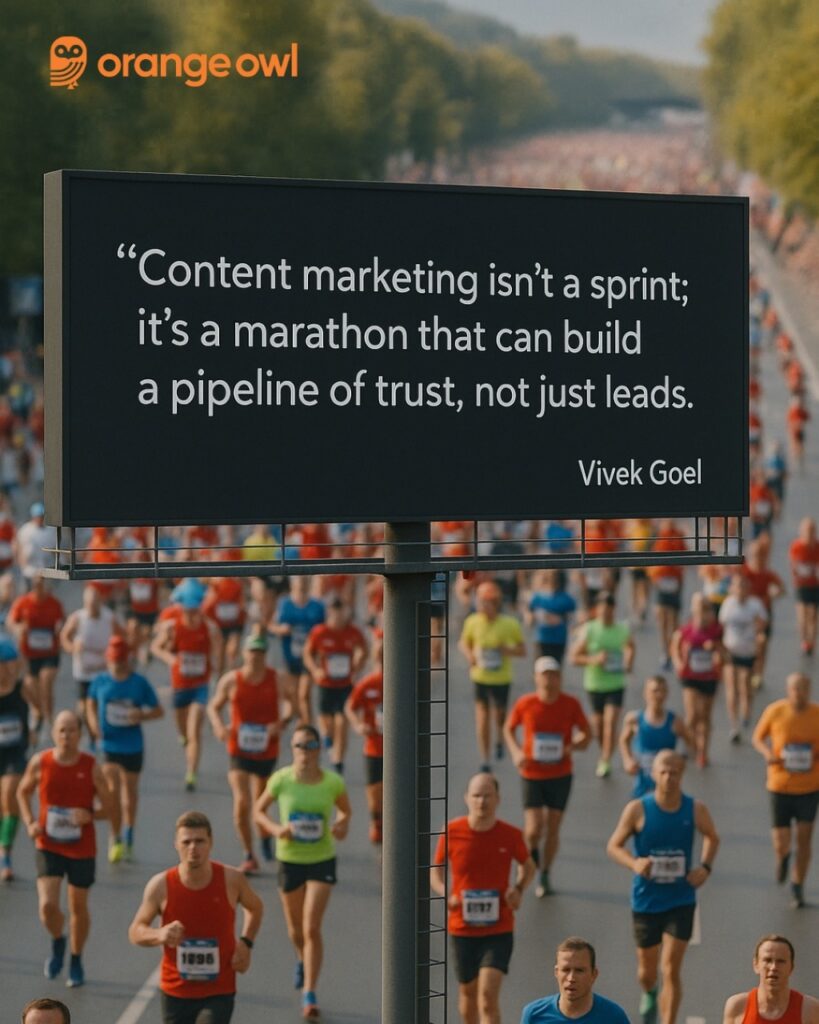
Myth 9: Content Marketing Doesn’t Require Strategy
Truth:
A well-defined strategy is essential for consistent and effective results.
Why This Myth Persists:
Some businesses believe that simply producing and publishing content is enough, without realizing the importance of a cohesive strategy.
The Reality Explained:
Without a strategy, content marketing efforts are often disjointed, inconsistent, and ineffective. A well-defined strategy outlines goals, target audiences, content types, distribution channels, and metrics for success. It ensures that all content efforts are aligned with business objectives and are consistently moving towards the desired outcomes.
Actionable Steps:
- Develop a Clear Strategy: Create a content marketing strategy that includes audience research, content planning, distribution, and performance measurement.
- Example: A B2B software company might develop a content strategy focused on nurturing leads through the funnel, with different content types and topics targeted at each stage of the buyer’s journey.
Myth 10: Social Media Is Enough for Content Marketing
Reality:
A multi-channel approach, including blogs, email, and more, is more effective.
Why This Myth Persists:
Social media’s ubiquity and ease of use can lead businesses to rely solely on it for their content marketing efforts.
The Reality Explained:
While social media is an important part of content marketing, relying on it exclusively can limit your reach and impact. A multi-channel approach that includes a blog, email marketing, SEO, and other platforms allows you to engage with your audience in multiple ways and at different stages of their buyer’s journey.
Actionable Steps:
- Diversify Your Channels: Integrate multiple channels into your content marketing strategy to ensure you’re reaching your audience wherever they are.
- Example: A B2B logistics company might use social media for brand awareness, a blog for in-depth industry insights, and email marketing to nurture leads# Top Myths About B2B Content Marketing Debunked
Myth 11: Content Marketing Is Only for Lead Generation
Fact:
Content marketing is not solely for lead generation; it also plays a crucial role in brand building, customer retention, and thought leadership.
Explanation:
Many businesses mistakenly believe that the primary purpose of content marketing is to generate leads. While lead generation is an important objective, content marketing serves multiple purposes beyond just acquiring new customers.
Effective content marketing helps in building brand awareness, establishing your company as a thought leader in the industry, nurturing existing customer relationships, and even improving customer satisfaction by providing valuable resources.
Actionable Steps:
- Expand Your Content Goals: Don’t focus solely on lead generation. Create content that also supports brand building, customer education, and retention. Consider content types like case studies that demonstrate your expertise, or customer success stories that build trust and credibility.
- Example: A B2B enterprise software company might produce a series of in-depth industry reports not just to attract new leads but to position itself as a thought leader, reinforcing its brand credibility and keeping existing clients engaged.
Conclusion – Content Marketing Myths
Debunking these common misconceptions and understanding the truth about B2B content marketing can help you create a more effective and sustainable strategy. By focusing on quality over quantity, diversifying your content formats, and developing a well-rounded strategy, you can build a content marketing program that drives real results. Remember, content marketing is a long-term investment that, when done correctly, can yield significant returns for businesses of all sizes.


